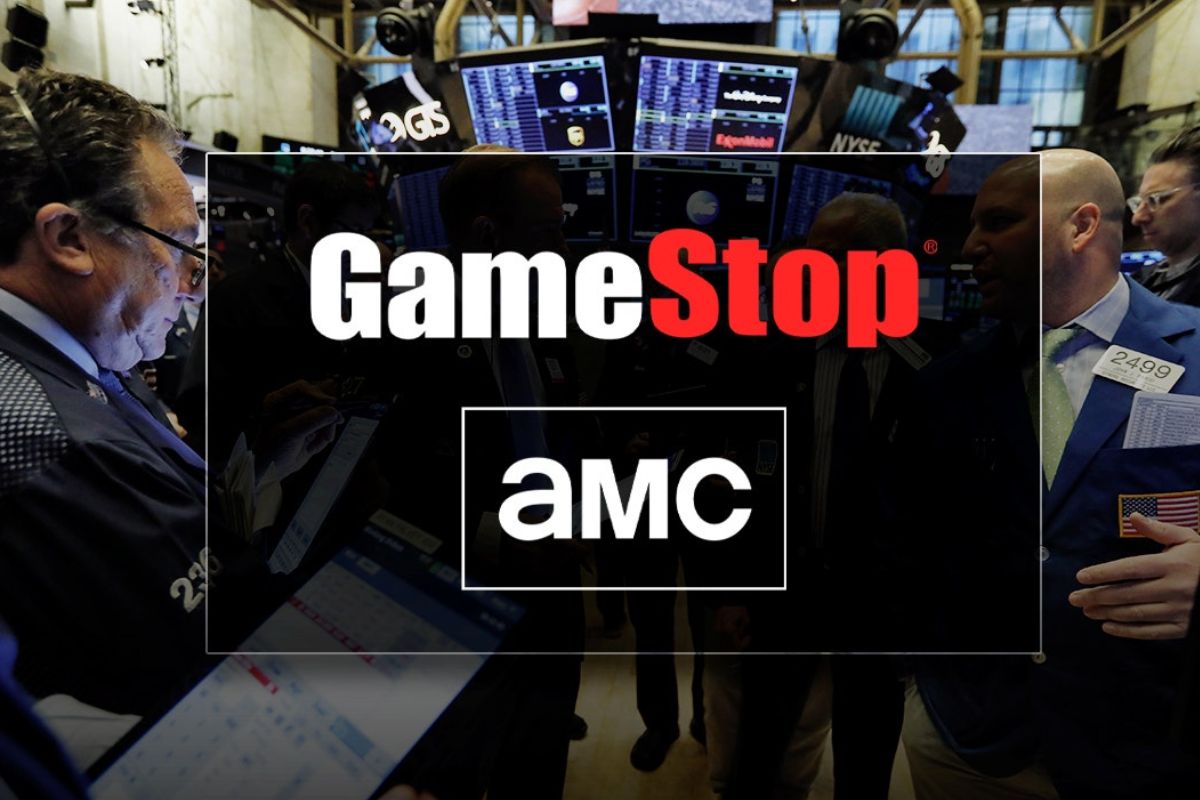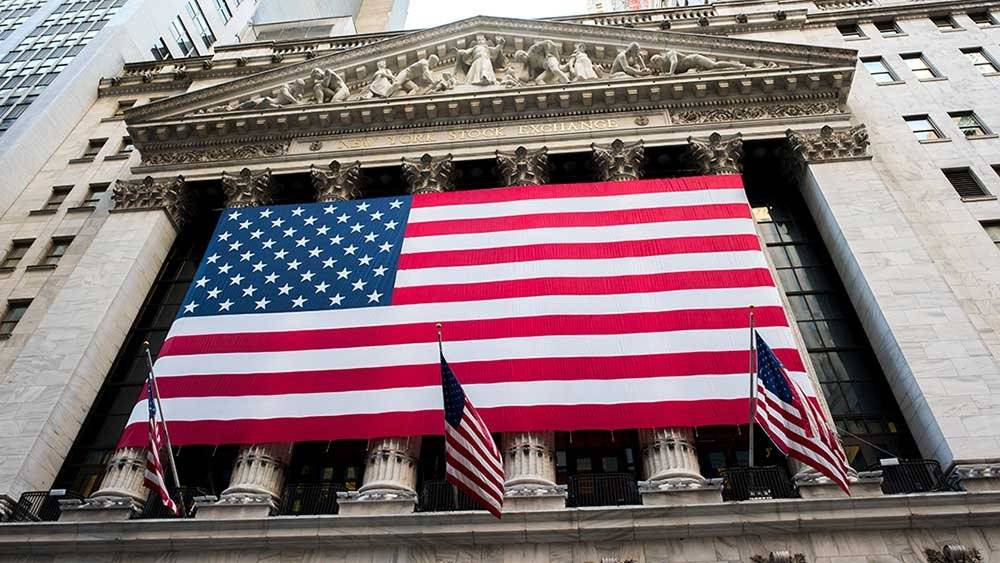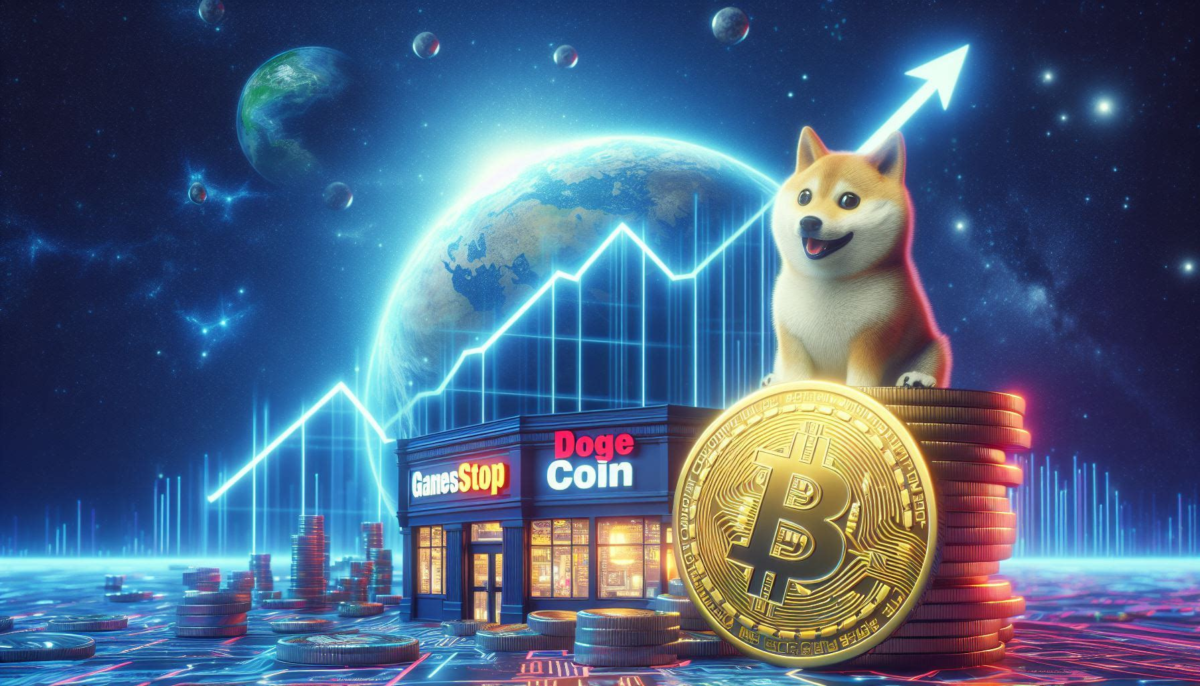The producer price index unexpectedly declined which is the second time in a short period of time that in flation data has exceeded expectations.
Key Takeaways
- Producer prices unexpectedly fell in May.
- The decline was driven by a sharp decline in gasoline prices.
- This is the second improved reading on inflation this week.
Another wave of better-than-expected inflation data was released on Thursday with producer prices declining by 0.2% in May against forecasts of a little increase.
A steep decrease in energy prices was the main cause of the reduction. Annually the rate decreased to 2.2% from 2.3% in April and was less than anticipated at 2.5 percent.
According to the Bureau of Economic Analysis press release, “a 7.1-percent decline in gasoline prices can be traced to nearly 60 percent of the May decrease in the index for final demand goods.”
A 0.1% increase was anticipated by economists for the month, following a 0.5% growth in April.
According to the statistics, consumer prices were steady in May and slightly down year over year. A day later, this report was made public. The markets were in a favorable position with the S&P closing above 5,400 for the first time because of the lower 3.3% annual level and the Federal Reserve’s indications of a possible interest rate decrease this year.
The chief investment officer and president of Bellwether Wealth, Clark Bellin, said, “Thursday’s weaker-than-expected PPI data is another sign of continued progress on inflation and it keeps the prospect of a rate cut alive in 2024.”
The PPI data heavily influences the PCE (personal consumption expenditures price index), which is the Fed’s preferred inflation indicator. For this reason, the soft PPI report is promising for a mild inflation rate. PCE reading, which will be released later this month.”
Although it updated its forecasts for the economy inflation, and interest rates the Fed kept rates unchanged on Wednesday. Members had predicted three rate cuts in January, but now they see just one this year as plausible.
“More strong data will be needed to support our belief that inflation is steadily approaching 2%,” Fed Chairman Jerome Powell stated to reporters following the central bank’s declaration.
The Fed’s 2% annual objective for inflation is still exceeded, but some goods and services, like gasoline and groceries, are becoming less expensive. The second half of the year is expected to see a drop in shelter prices, a lagging indicator that has significantly contributed to total inflation, according to analysts.
After the CPI report Treasury yields dropped, briefly dropping to 4.25% for the 10-year note. This is unlikely to have a significant immediate impact on consumer borrowing prices though.
The Fed uses the personal consumption expenditures price index, a distinct measure of inflation, even though the May CPI indicated a modest slowdown.
According to Preston Caldwell, Chief Economist at Morningstar, “the most recent Fed inflation projections imply a roughly 2.5% annualized core PCE inflation rate in the final six months of 2024.”
When compared to the 2.5–2.6 percent annual core PCE inflation rate that is anticipated for May, this indicates no improvement. That strikes us as being overly negative.
As an alternative, we observe core PCE inflation in the final half of 2024 at 1.7% annualized, which positions the fourth quarter of 2024 for a year-over-year rate of 2.4%, according to Caldwell. The Fed should end up cutting 2-3 times in 2024 rather than just once if our inflation forecast comes to pass.
Consumers with higher incomes enjoy stronger investment returns and higher rates on their savings, but those with credit card debt are feeling the pinch.
Read More.
Supreme Court Rejects Abortion Pill Challenge

Zach Cooper is an experienced Crypto & Financial news journalist, having written for Moneycheck.com, The wall street, Computing.net and is Editor in Chief at wallstreetsights.com







